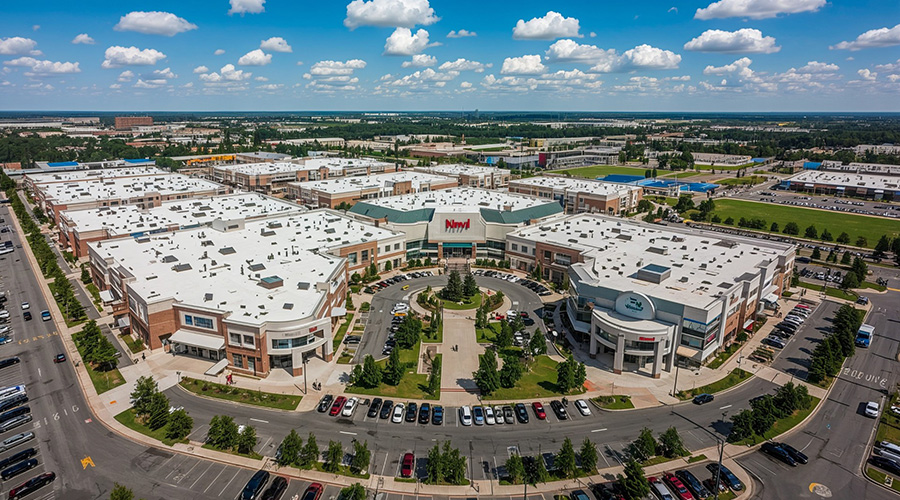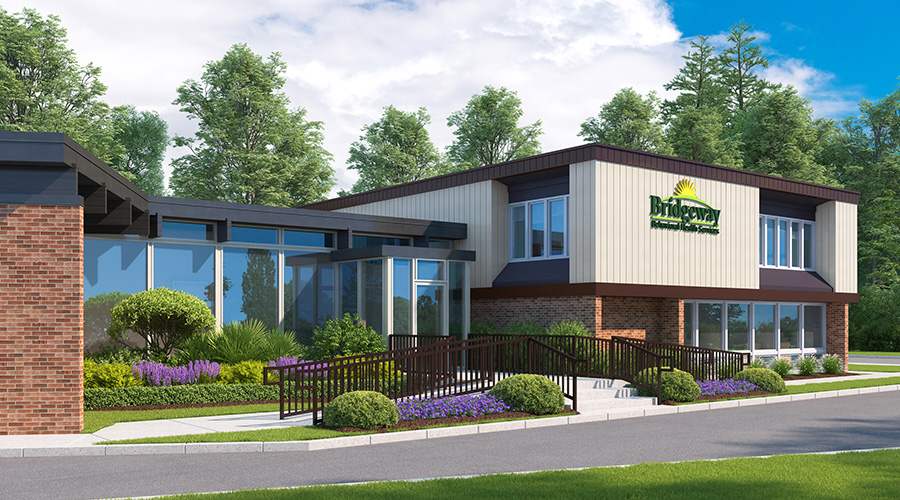Hendricks Regional Health is a county-owned, Level-I hospital. In January 2018, the hospital opened a $50 million, 96,000 square-foot facility in Brownsburg, Ind. Its focus is on serving the community with patient-centered, high-quality, yet affordable care. Poised for growth, hospital management is already planning to expand the campus to accommodate future surgical operations.
When the need arose to evaluate backup power solutions, the Hendricks facility management team took a proactive vision and innovative approach. Along with life safety backup power needs, Hendricks wanted a backup system that would support air-conditioning for the entire hospital facility. While air conditioning is not required by Indiana code, the additional backup capacity would ensure patient comfort in the event of utility power failure.
Wurster Construction - construction management, BSA Life Structures - architect, and EVAPAR - Generac distributor, secured the project bids. EVAPAR and the project team at Generac brought Hendricks facility manager Troy Tucker to Generac test labs and production facilities in Wisconsin. Together, the team evaluated Generac Modular Power System (MPS) configurations that were subjected to multiple failure scenarios. The MPS solution they devised enabled the units to cycle their gear and “think” independently of each other. In other words, a problem with one unit would not compromise the others, and that’s what impressed Tucker—uptime is critical for any hospital.
The original design was based on a single, 1 MW generator. EVAPAR recommended a paralleled 2 x 500 kW diesel-fueled MPS solution which increased redundancy to life safety and critical loads. In order to optimize the MPS solution for the current hospital load and future expansions, the team chose a modular air-conditioning solution from Multistack. Like the generators that power it—Multistack solutions are designed to expand easily as facility requirements change. Each diesel-fueled unit sits on a 300 sub-base fuel tank, which draws from a 1,200 gallon above-ground, bulk storage fuel tank. Essentially, even the fuel supply has a backup.

 Healthcare Is the New Retail
Healthcare Is the New Retail Bridgeway Behavioral Health Services Launches Campaign to Renovate Health Center
Bridgeway Behavioral Health Services Launches Campaign to Renovate Health Center Ground Broken for New North Dakota State Hospital
Ground Broken for New North Dakota State Hospital AI Usage for Healthcare Facilities
AI Usage for Healthcare Facilities Ground Broken on Pelican Valley Senior Living Modernization Project
Ground Broken on Pelican Valley Senior Living Modernization Project